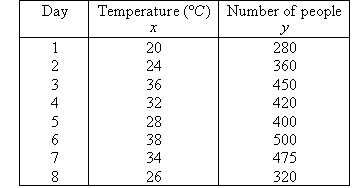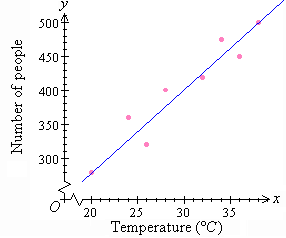Unit 1:Entry 2
In this entry, we will go through what similar, and congruent shapes are, and the differences, and also how to find the area of similar/congruent shapes. We'll start by defining these terms, in "Math speak"
Similar Shapes:These are two or more shapes that are the same shape, just reduced or enlarged.

Here is an example of two similar shapes.
Congruent shapes: these are two or more shapes that are exactly identical.

In this picture, all the side lengths on triangle ABC are equal to those on EDF. making them Congruent.
So, now that you have that out of the way, we're gonna work on finding the area of similar shapes, because congruent shapes are identical, their area/perimeter will be too!
For this example, lets use some similar triangles.
Similar triangles have the same shape, but they are scaled differently, so they may be different sizes.
This is where you may need to use some base knowledge of proportions
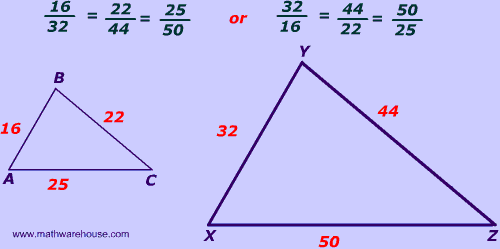
In this example the smaller triangle, is exactly 1/2 as big as the large one, this is made prevalent by the length markings on each leg of the shape.
Lets move on to a more in depth example

A= 1/2 4*12=24
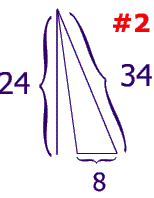
A=1/28*24=96
Notice, that 24/96 reduces too 1/4. you can see here that triangle 1 is 1/4 the size, or 4 times smaller than triangle 2. this is due to the similarity ratio, or scale factor.
now, you may be asking, how do you find the ratio?
all you have to do is pick to corresponding sides, and set it up as if it were a fraction, and then simplify it!
It's super simple, just as I demonstrated in the above problem!
Lets try some practice problems!
The key will be below.

In this triangle, A'C' is paralell to AC. Find the length of B'C and A'A
 A research team wishes to determine the altitude of a mountain as follows: They use a light source at L, mounted on a structure of height 2 meters, to shine a beam of light through the top of a pole P' through the top of the mountain M'. The height of the pole is 20 meters. The distance between the altitude of the mountain and the pole is 1000 meters. The distance between the pole and the laser is 10 meters. We assume that the light source mount, the pole and the altitude of the mountain are in the same plane. Find the altitude h of the mountain.
A research team wishes to determine the altitude of a mountain as follows: They use a light source at L, mounted on a structure of height 2 meters, to shine a beam of light through the top of a pole P' through the top of the mountain M'. The height of the pole is 20 meters. The distance between the altitude of the mountain and the pole is 1000 meters. The distance between the pole and the laser is 10 meters. We assume that the light source mount, the pole and the altitude of the mountain are in the same plane. Find the altitude h of the mountain.
 The two triangles are similar and the ratio of the lengths of their sides is equal to k: AB / A'B' = BC / B'C' = CA / C'A' = k. Find the ratio BH / B'H' of the lengths of the altitudes of the two triangles. (NOTE: The altitude of a triangle is the height)
The two triangles are similar and the ratio of the lengths of their sides is equal to k: AB / A'B' = BC / B'C' = CA / C'A' = k. Find the ratio BH / B'H' of the lengths of the altitudes of the two triangles. (NOTE: The altitude of a triangle is the height)
_______________________________K E Y_____________________________________
Problem one:
First, use the proportionality of the lengths, to write an equation that helps solve for X and Y
(30 + x) / 30 = 22 / 14 = (y + 15) / y
The quation for X may be written like: (30+x)/30=22/14 = (Y+15) /y
Then you solve the above for X
420 + 14 x = 660
x = 17.1 (rounded to one decimal place).
The equation for Y may be written like:
22/14 =(y+15)/y
THen you solve the above, to get the answer: Y=26.25
Problem Two:
First draw a horizontal line LM. PP' and MM' are vertical to the ground and therefore parallel to each other. Since PP' and MM' are parallel, the triangles LPP' and LMM' are similar. Hence the proportionality of the sides gives:
1010 / 10 = (h - 2) / 18
Then solve for H to get,: H=1820 meteres.
Problem Three:
If the two triangles are similar, the corresponding angles are 100% congruent, therefore the angles BAH and B'A'H' are exactly the same. These triangles have two pairs of corresponding congruent anges, BAH and B'A'H' and the right triangles BHA and B'H'A'. they are similiar, therefore; AB/ A'B'=BH/B'H'=k






 Here is an example of two similar shapes.
Here is an example of two similar shapes. In this picture, all the side lengths on triangle ABC are equal to those on EDF. making them Congruent.
In this picture, all the side lengths on triangle ABC are equal to those on EDF. making them Congruent.
 A= 1/2 4*12=24
A= 1/2 4*12=24 A=1/28*24=96
A=1/28*24=96









 2
2  100.5
100.5
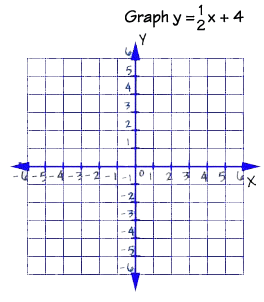
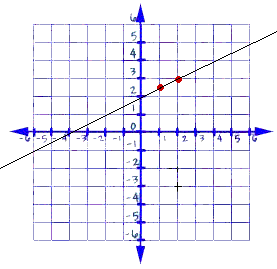
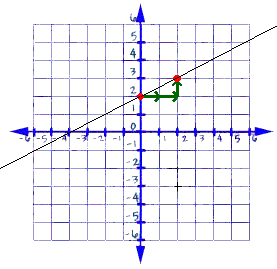

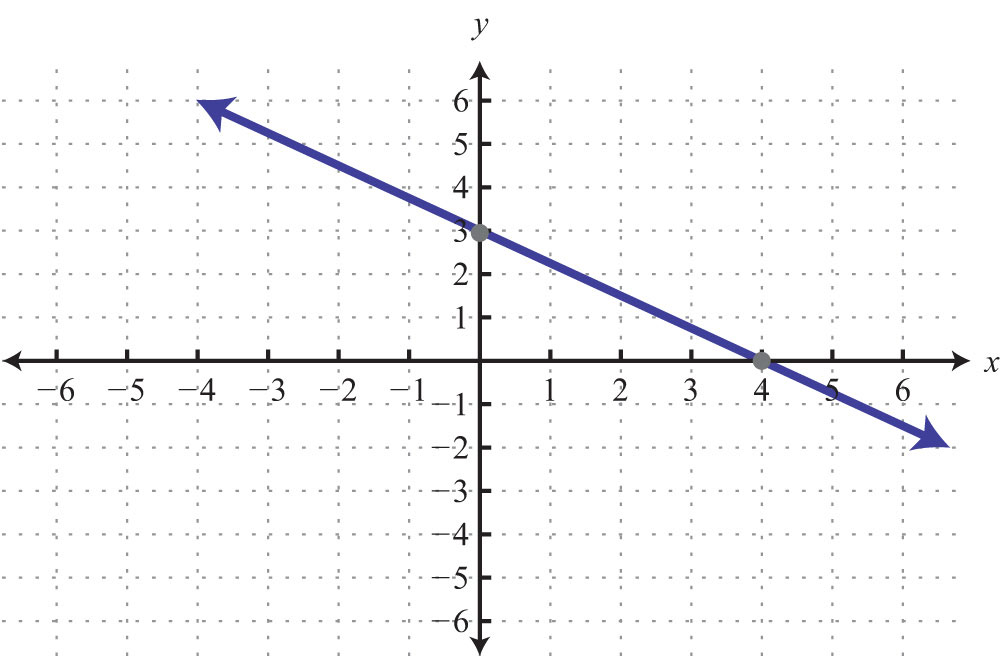



 (Note the answer in this image was rounded to the third decimal place, and is usually unnecessary )
(Note the answer in this image was rounded to the third decimal place, and is usually unnecessary )
